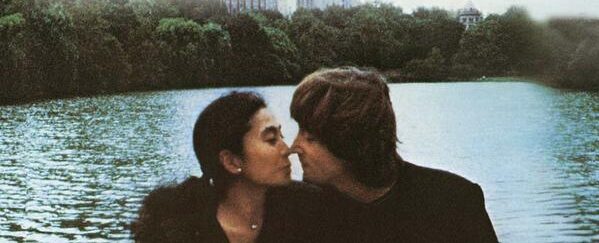On the face of it, the Walker Brothers; Public Image Limited and ABBA don’t make the most expected of bedfellows but if you dig a bit deeper they do have something quite remarkable in common – songs about the dreadful actions of repressive regimes.
You might expect it most from Public Image Limited. After all “John Lydon” and “challenging” seem as natural together as bread and butter or strawberries and cream. Lydon was always keen to unveil the hypocrisy at the heart of the British State – after all, he was the man who gave us “God Save the Queen, the fascist regime” while the country went royalty-mad for Silver Jubilee year.
When he wrote Rise in the mid 1980s, Lydon was thinking about the interrogation techniques used by the Royal Ulster Constabulary in Northern Ireland or by the Apartheid regime in South Africa.
As Lydon sang: “They put a hotwire to my head, ‘cos of the things I did and said” – explaining the song to an American MTV interviewer:
“…it’s just dealing with that specific subject of torture and all kinds of torture don’t really achieve anything. Violence doesn’t achieve anything and these governments they’ve got to learn this you cannot keep a population down as you using such weapons. It doesn’t work it just makes the situation worse…”
He then coyly added “…. that’s as political as I’m prepared to be at this present. I don’t want my visa withdrawn I’m going to shush my mouth.”
Abba might seem the oddest inclusion in this packet of three. While they have a reputation for cheesiness, strong in the minds of those of us who grew up in the 70s and 80s but cemented into posterity by Mamma Mia the musical and those hen parties who go wild on when Dancing Queen comes on the dancefloor, its easy to forget how political Bjorn and Benny actually were. But then remember that Bjorn and Benny’s post-Abba musical was all about how Cold War tensions played out over a chess board.
More interestingly, Bjorn and Benny from Abba had filmed a message for the Let Poland Be Poland film designed to show international support for the people of Poland who were facing martial law and a Soviet invasion (a film produced by the scarily-named United States International Communications Agency). However after Bjorn and Benny mentioned other countries suffering human rights violations – like Chile and El Salvador (where fingers were pointing at the US state) their contribution was pulled from the broadcast at the last minute “because the broadcasting time was miscalculated”.
The last Abba album before their breakup – The Visitors – was unashamedly political, particularly the title track which spoke of the fear of political dissidents being suppressed by their regime “…I hear the door-bell ring and suddenly the panic takes me…”. Scary stuff for people famous for cheesy pop.

Much much darker is The Electrician by The Walker Brothers. This came from their album at the end of the 1970s comeback. The much acclaimed Scott Walker (remember the romantic epic “The Sun Aint Gonna Shine Anymore” that has filled classic pop playlists for decades) brought us a song about…. A CIA torturer.
Thinking of the regimes in places like Chile that Bjorn Andreas spoke about, Scott Walker sings in a slow and low-key way about how, when the lights go low “..he’s drilling through the Spiritus Sanctus tonight..”
Scary stuff, which brings to music the torture scenes from Terry Gilliam’s Brazil. Not the kind of stuff you’d expect from the staples of Radio Two world, but life is full of dark surprises, isn’t it?
Listen to the songs here






